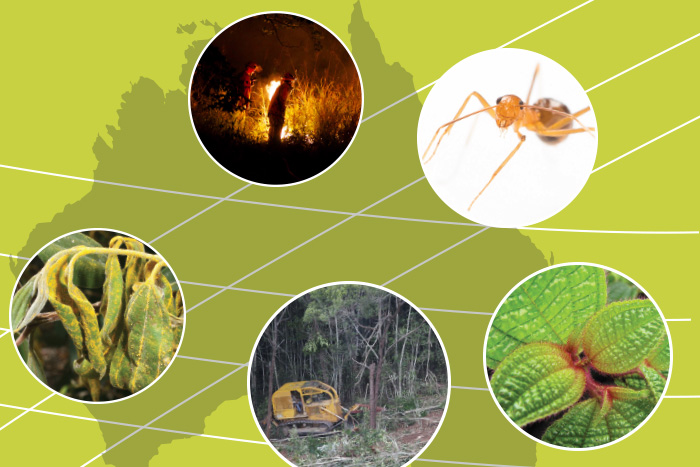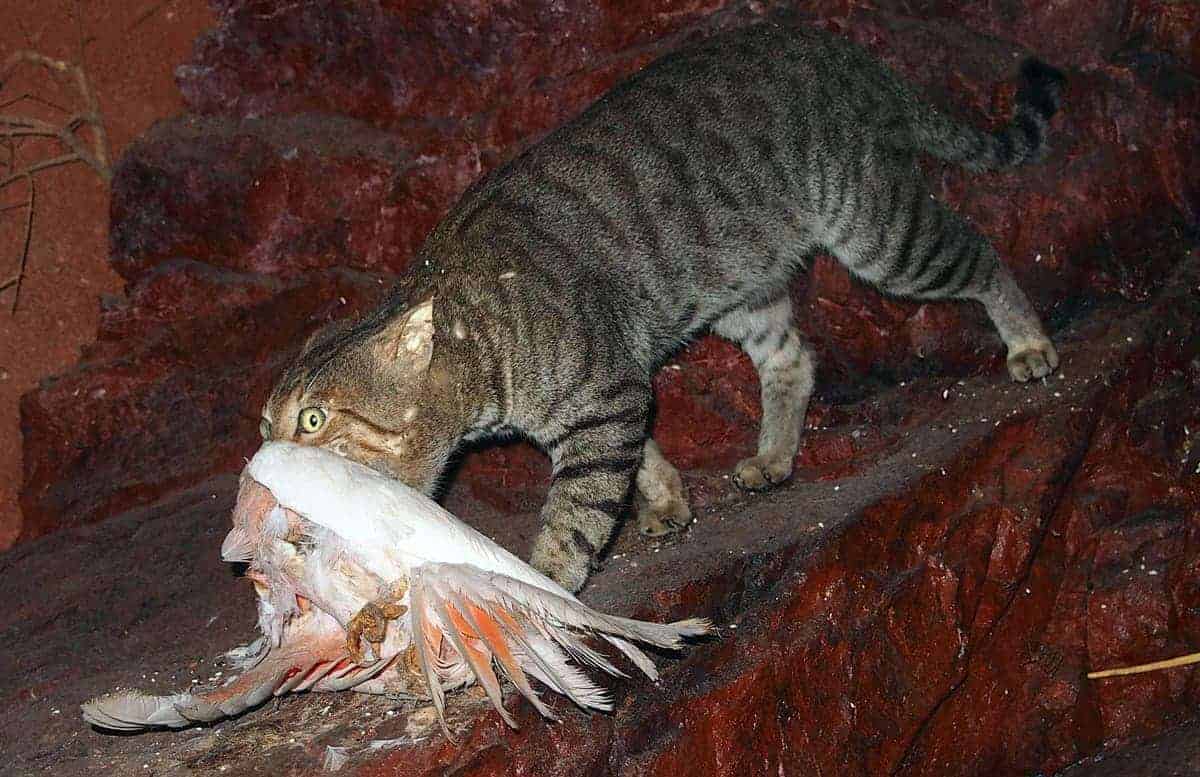Fire regimes that cause biodiversity decline is being assessed as a key threatening process under Australia’s national environmental law, the Environment Protection and Biodiversity Conservation Act.
The listing of fire regimes as a key threatening process would provide the opportunity to not only mount a national response to one of Australia’s most pervasive, insidious and calamitous threats, but also invigorate the national threat abatement system so that it is effective in tackling complex threats.
Our Threats to Nature project has started working on what an effective federal response to adverse fire regimes should include.
Currently, the response under the EPBC Act is limited to a threat abatement plan or nothing. These plans are effective for threats such as feral cats and seabird bycatch by longline fishers, but a more flexible approach is needed for more complex threats.
In this document, we outline the features, elements and potential instruments needed to achieve an effective national abatement response to adverse fire regimes.
With the recent review of the EPBC Act recommending a new approach to threat abatement focused in part on regional plans, we recommend the federal government seize this opportunity to design an optimal process and pilot the response options.
This would signal a much-needed new national commitment to threat abatement.








